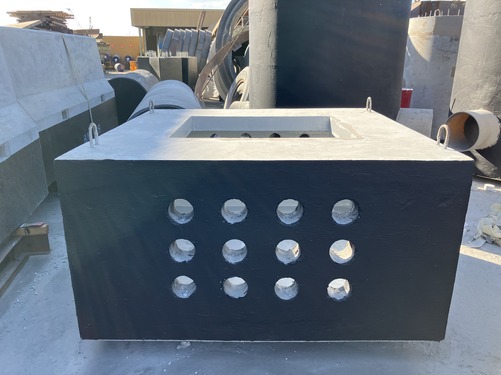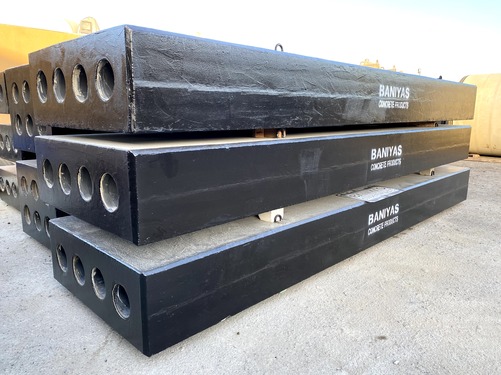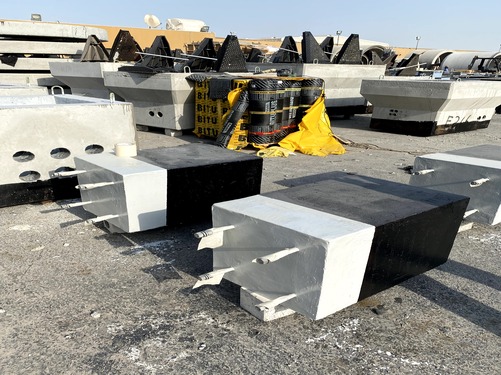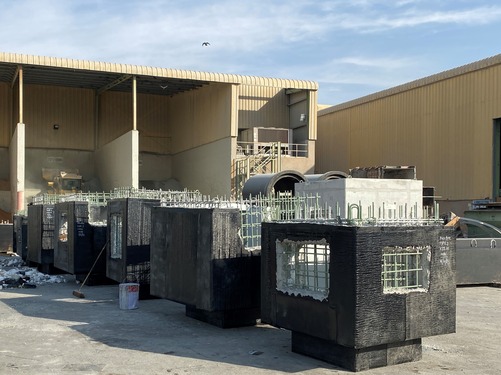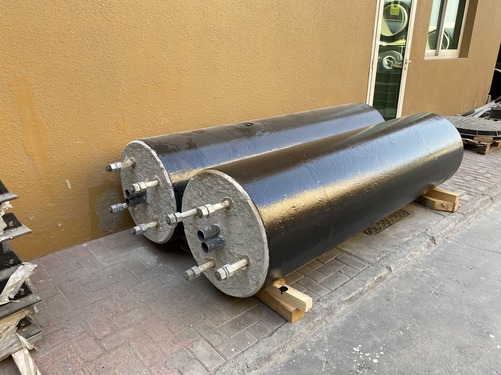Electrical Services
Electrical concrete chambers, often referred to as electrical manholes or electrical vaults, are structures made of concrete designed to house and protect electrical equipment, cables, and components. Precast concrete versions of these chambers are manufactured off-site in a controlled environment before being transported and installed. Here's a brief description of electrical concrete chambers, their uses, and benefits:
Electrical Concrete Chambers:
Structure and Design:
Electrical concrete chambers are typically constructed with reinforced concrete to provide durability and protection against environmental factors. They have access points, covers, and internal configurations designed to accommodate electrical components such as transformers, switchgear, junction boxes, and cables.
Uses:
- Equipment Housing: These chambers are used to house various electrical equipment and components critical to the operation of power distribution systems. This may include transformers that step up or step down voltage levels, switchgear for controlling electrical circuits, and other devices.
- Cable Junction: Electrical chambers serve as junction points for electrical cables, providing a secure and protected space for cable connections and terminations.
- Access to Underground Utilities: They allow access for maintenance crews to underground electrical utilities, facilitating inspections, repairs, and upgrades.
Benefits:
- Equipment Protection: The robust construction of electrical concrete chambers provides physical protection for sensitive electrical equipment against weather conditions, vandalism, and other external threats.
- Durability: Concrete is a durable material that can withstand the test of time and resist corrosion. This durability ensures a long service life for electrical chambers.
- Safety: Enclosed electrical chambers enhance safety by preventing unauthorized access and protecting people from potential electrical hazards.
- Customization: Chambers can be customized to accommodate specific electrical configurations, ensuring compatibility with the power distribution network’s requirements.
Precast Electrical Concrete Chambers:
Manufacturing Process:
Precast electrical concrete chambers are manufactured off-site in a controlled environment. The concrete components are cast in molds, cured, and then transported to the installation site for assembly.
Uses:
- Rapid Installation: Precast chambers offer a faster installation process compared to on-site casting. This is particularly advantageous when time is a critical factor in project completion.
- Consistent Quality: The controlled environment of the manufacturing facility allows for consistent quality control, ensuring that each chamber meets specified standards and requirements.
- Reduced Site Disruption: Because precast components are delivered to the site ready for assembly, there is minimal disruption to the surrounding area during installation.
Benefits:
- Time Savings: Precast electrical chambers can significantly reduce project timelines since the manufacturing and installation processes can proceed concurrently.
- Quality Assurance: The controlled manufacturing environment enhances quality assurance, resulting in uniform and high-quality concrete components.
- Cost-Effective: While initial costs for precast components may be higher, overall project costs may be reduced due to time savings, efficient use of resources, and minimized site disruption.
- Versatility: Precast technology allows for the production of various chamber sizes and configurations to suit different project requirements.
In summary, electrical concrete chambers are essential components of power distribution infrastructure, providing protection and housing for critical electrical equipment. The use of precast technology further enhances efficiency, quality control, and versatility in the installation of these chambers.

